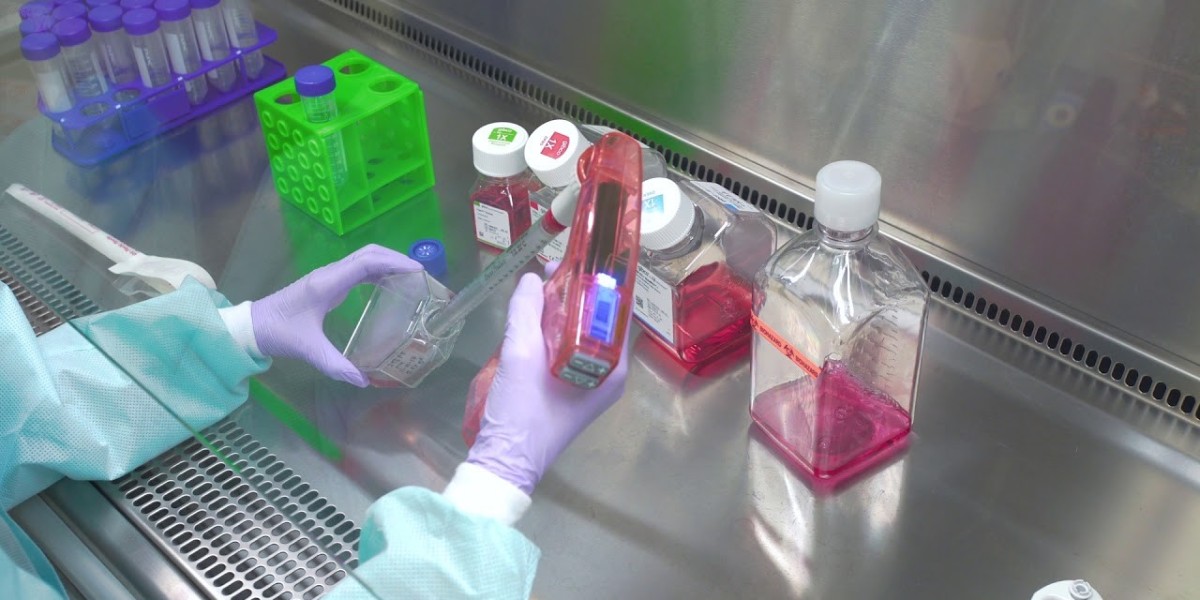While the concept of primary cell culture may seem daunting to newcomers, mastering the basic techniques is essential for success in the laboratory. By understanding the fundamental principles and procedures involved, researchers can effectively harness the power of primary cell culture to address a wide range of research questions and objectives.
The first step in Primary Cell Culture involves the isolation of cells from living tissues or organs, a process known as tissue dissociation. This process typically requires the enzymatic digestion or mechanical disruption of tissue to release individual cells into suspension. The choice of dissociation method depends on the type of tissue being cultured and the desired cell population. Once cells are dissociated, they can be cultured in vitro using specialized culture media and growth conditions tailored to support their survival and proliferation.
Once isolated, primary cells must be cultured in a suitable environment that mimics the conditions found in vivo. This includes providing the necessary nutrients, growth factors, and signaling molecules to support cell growth and maintain cell viability. Primary cell culture media are formulated to provide these essential components while maintaining pH balance and osmolarity. Additionally, the choice of culture vessel, substrate, and incubation conditions can influence cell behavior and morphology, so careful optimization is essential for successful culture.
During primary cell culture, it is important to monitor cell growth and viability regularly to ensure the health and integrity of the culture. This involves assessing cell morphology, proliferation rate, and viability using microscopy, cell counting, and viability assays. By monitoring cell behavior over time, researchers can optimize culture conditions, troubleshoot issues, and maintain healthy cell populations for downstream experiments.
In addition to routine maintenance, primary cell culture may involve the manipulation or modification of cells for specific experimental purposes. This can include transfection or transduction of cells to introduce exogenous genes or molecules, as well as induction of differentiation or activation pathways to study cell fate or function. These techniques allow researchers to explore the molecular mechanisms underlying cellular processes and disease states, providing valuable insights into biological systems.
Mastering the basics of primary cell culture techniques is essential for researchers seeking to explore the complexities of cellular biology and physiology. By understanding the principles of tissue dissociation, culture media formulation, and cell monitoring, scientists can effectively culture and manipulate primary cells to address a wide range of research questions and objectives. Through careful optimization and experimentation, primary cell culture remains a powerful tool for advancing our understanding of biological systems and unlocking new avenues for therapeutic intervention.
Get More Insights On This Topic: Primary Cell Culture
Explore More Related Topic: Primary Cell Culture



